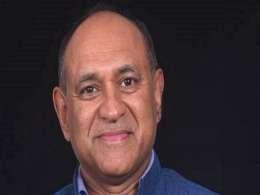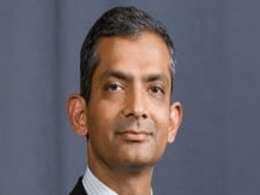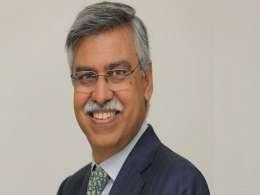Over the last few months, the government has tried to reach out to investors in the healthcare infrastructure sector to compile a pipeline of investments that are at various stages of implementation.
On December 31, finance minister Nirmala Sitharaman released a report that recognises the fact that India needs various mechanisms to fast-track investments in the infrastructure sector. Here are some observations with respect to developing healthcare infrastructure in India.
India needs an investment of $200 billion by 2025 to meet the global norms of three beds per 1,000 people, as per our estimates. This is approximately the total National Infrastructure Pipeline (NIP) projected across all the infrastructure sectors. The current NIP shows a committed pipeline of $2.5 billion through the Centre and state governments. This means there is a gap of 99% of what needs to be invested for India to meet the global norms.
Unlike roads, which are hogging over 80% of NIP’s committed investments, healthcare infrastructure is gestational. Therefore, weak healthcare infrastructure investment is leading to demand gaps. This has a ripple effect on the wider economy in terms of job creation, and a healthy and productive population, amongst others.
The key issue here is what measures the government and private sector need to take to accelerate the pace of investments and delivery of healthcare infrastructure to the masses.
GST bottlenecks
Any healthcare infrastructure investment structure, whether public-private partnership or private sector with asset-light models, is taxed under the GST. There is no scope to pass through these costs on the output side.
Several representations to the government on correcting this anomaly have been presented at the highest levels. Unless this is corrected, the private sector will only account for a minor part of the total investments.
Interest rates
The RBI, in its efforts to contain inflation, has not directionally provided a proper guidance on interest rates over the last few years. These changes in interest rates are difficult to predict for both Indian and foreign investors. Healthcare infrastructure investments require a stable interest rate regime.
Bank financing
Healthcare infrastructure financing has not been a priority for banks over the last few years due to high risks and a liquidity crisis in the banking sector. Our discussions with top bankers does not give us any confidence that the worst is over for the healthcare infrastructure sector, with many banks still reeling under the burden of bad loans. A policy to establish healthcare infrastructure as a priority sector for banks would be a positive move.
Ayushman Bharat
Ayushman Bharat is a positive step for healthcare financing and delivery. However, a Niti Aayog report states that around 90% healthcare infrastructure providers employ less than 10 employees. Are these hospitals really delivering quality care?
Given the current reimbursement rates, private-sector participation in the scheme can only be marginal. A more innovative low-cost infrastructure investment model needs to be developed to meet the requirements of Ayushman Bharat.
Monetising existing gun powder
About $45 billion of healthcare infrastructure assets are sitting on the books of central and state governments, and private and social sectors. Many of these require funding for upgrading and expanding their infrastructure. Various archaic regulations and other operational bottlenecks are preventing investment flow into these existing facilities.
Manpower
While healthcare infrastructure is a highly gestational business, it depends on the supply of adequate clinical and operational manpower from investments made in the education sector. The NIP duplicates the investments in AIIMS under health and education. A similar push is required in the education sector for private-sector participation.
Social Stock Exchange
Several regulations that govern the social sector in terms of ownership of land and infrastructure need to be streamlined to increase investments in social health infrastructure. We estimate that the addressable social ventures that would qualify to be listed on the SSE would potentially deliver an annual turnover of around $5 billion on a conservative basis from various impact investors. This could triple if the regulations are streamlined.
The NIP is a great exercise to set a vision for the way forward. But investor confidence is still muted. The government must talk to healthcare infrastructure investors and operators for strategizing how the current estimates in NIP for healthcare infrastructure can be boosted 100 times to bridge the deficit and meet the global norms.
Kapil Khandelwal is managing partner at healthcare infrastructure fund Toro Finserve LLP and director at EquNev Capital Pvt Ltd.






